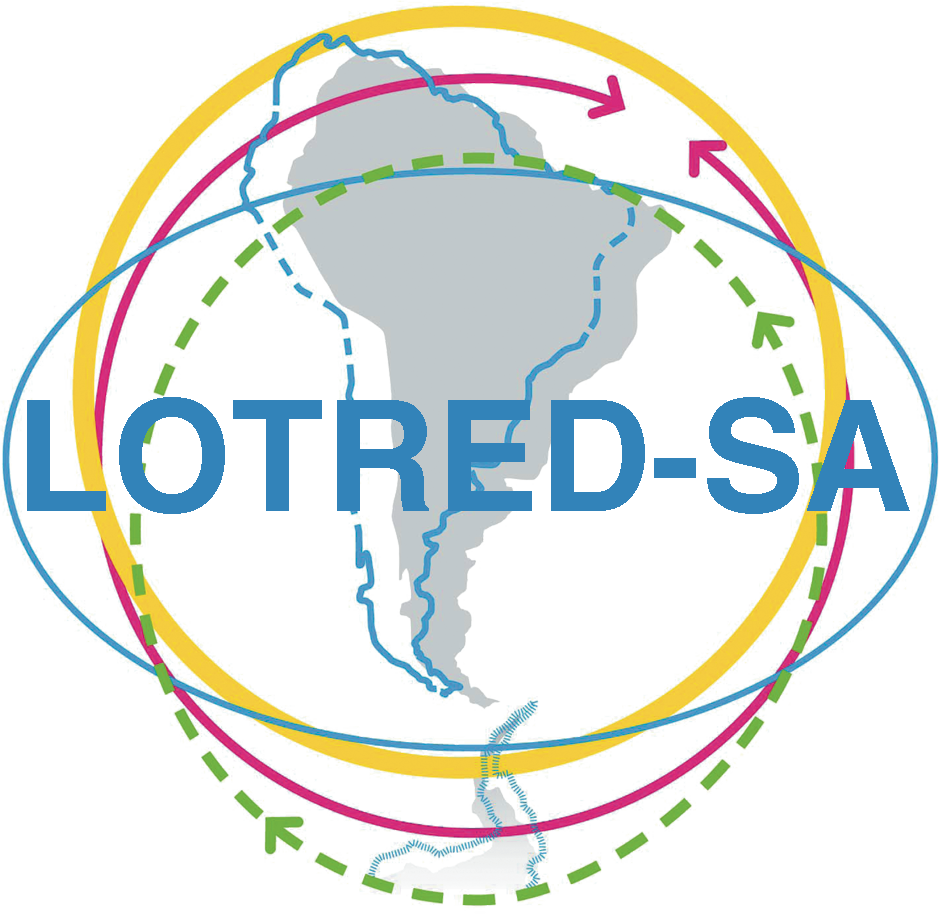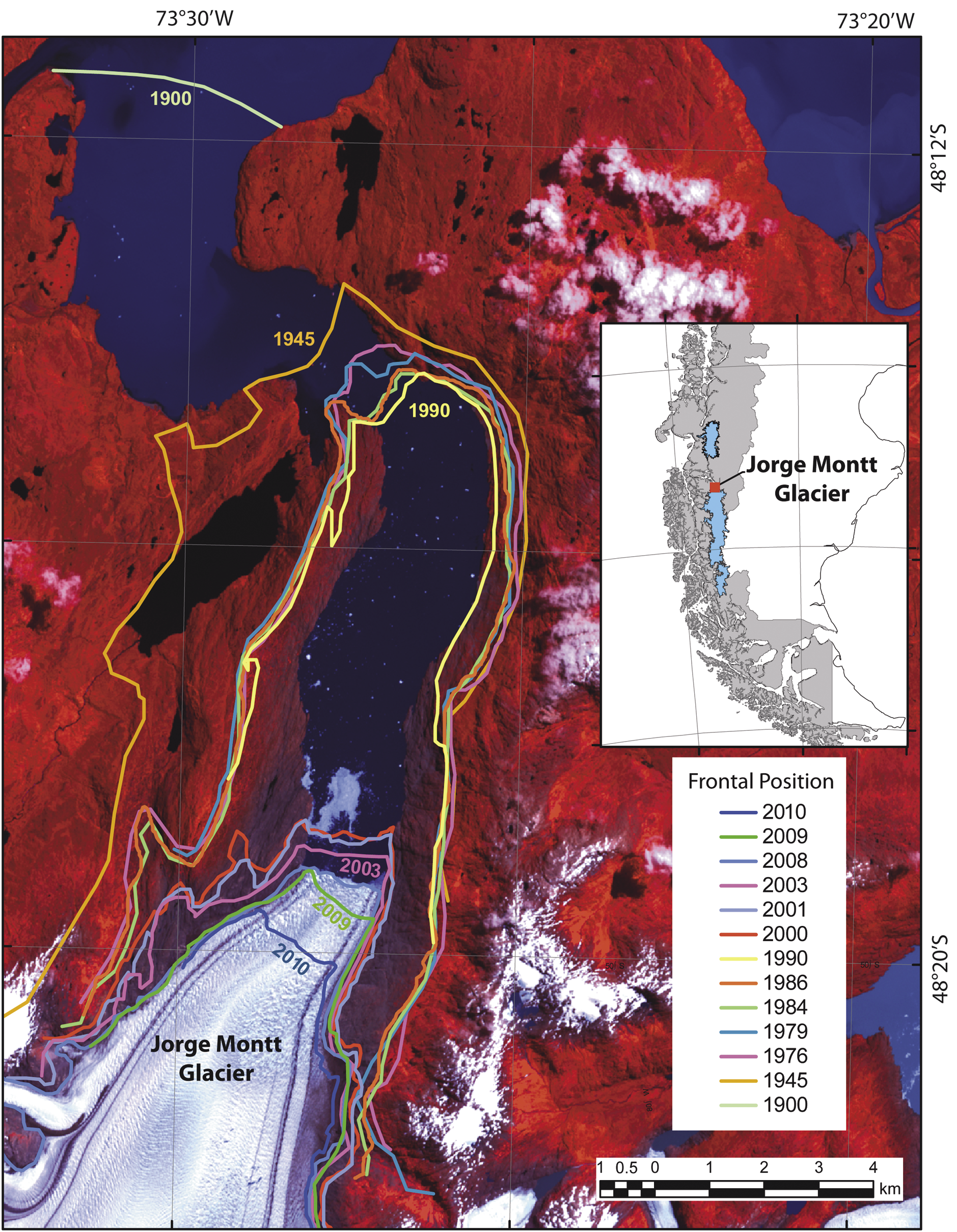- Home
- Publications
- PAGES Magazine
- 2nd International Symposium "Reconstructing Climate Variations In South America and The Antarctic Peninsula Over The Last 2000 Years"
2nd International Symposium "Reconstructing climate variations in South America and the Antarctic Peninsula over the last 2000 years"
Duncan A. Christie and Andrés Rivera
PAGES news
19(2)
77-78
2011
Duncan A. Christie1 and Andrés Rivera2,3
1Facutly of Forest Sciences and Natural Resources, Universidad Austral de Chile, Valdivia; duncanchristieb@gmail.com
2Glaciology, Center for Scientific Studies (CECS), Valdivia, Chile
3Geography Department, University of Chile, Santiago; arivera@cecs.cl
Valdivia, Chile, 27-30 October 2010
The 2nd International Symposium "Reconstructing Climate Variations in South America and the Antarctic Peninsula over the last 2000 years" was part of the PAGES research initiative LOTRED-SA (Long-Term climate REconstruction and Dynamics of South America). This symposium was organized by the Centro de Estudios Científicos (CECS) and the School of Forestry and Natural Resources (Universidad Austral de Chile). Nearly 200 scientists from 15 countries (mainly from Chile, Argentina, Brazil, Colombia, Switzerland and USA) came together for oral and poster presentations, mainly related to new high-resolution paleoclimate studies in South America and the Antarctic Peninsula. Prior to the Symposium, a graduate international course “South American Climatology and Quantitative High-Resolution Climate Reconstructions in Paleoecology” took place (see PAGES news 19(1) for a report). The 2nd International Symposium was the follow-up of the 2006 Malargüe-PAGES Meeting in Argentina, which had led to a special issue of
The goal of the 2010 meeting was to gather experts from different fields in climate dynamics, paleoclimatology (proxy data and models) and glaciology, in order to review recent discoveries, discuss new data sets, evaluate the interpretation of proxy data, and search for new calibration and quantification techniques of proxy data sets in South America and the Antarctic Peninsula. The long-term goal of this collaborative meeting was to produce a more comprehensive understanding of regional forced and unforced climate variability, as well as environmental changes during the past millennia. The main idea is to improve the production of gridded data sets of climate variables from high-resolution multi-proxy time series.
This conference brought together senior and young scientists working on tree rings, glacier records, lake and marine sediments, geomorphology, ice cores, historical documents, speleothems and other paleoclimate archives. All these experts were interested in paleoclimatic reconstructions for different regions of tropical, extra-tropical and sub-Antarctic South America and the Antarctic Peninsula. The meeting also greatly benefited from the participation of climatologists working on modeling of the present climate of South America, providing a dynamically meaningful and physically plausible framework for the interpretation of past environmental records. One of the most exciting outcomes of this conference was the significant assistance it provided to young scientists and the great enthusiasm demonstrated by all in attendance.
At present we are working on a Special Issue of Climate of the Past, which will include the most outstanding contributions presented in the symposium. This special issue will provide an updated and comprehensive outline of ongoing research on this topic.
Guidelines for collaboration and contributions to LOTRED-SA are available at www.pages-igbp.org/workinggroups/lotred-sa or by contacting one of the coordinators: Ricardo Villalba (ricardo@lab.cricyt.edu.ar), Martin Grosjean (grosjean@giub.unibe.ch). For detailed information about this Symposium, and photos and videos of the conference presentations, please visit www.cecs.cl/pages2010/.
references
Rivera, A., Bravo, C. and Sylwester, D., 2010: 20th century strong retreat of glaciar Jorge Montt unburied more than 250 year old trees destroyed during the LIttle Ice Age, In: Reconstructing Climate Variations in South America and the Antarctic Peninsula over the last 2000 years, II International Symposium, Abstract # 191, Valdivia, Chile.

